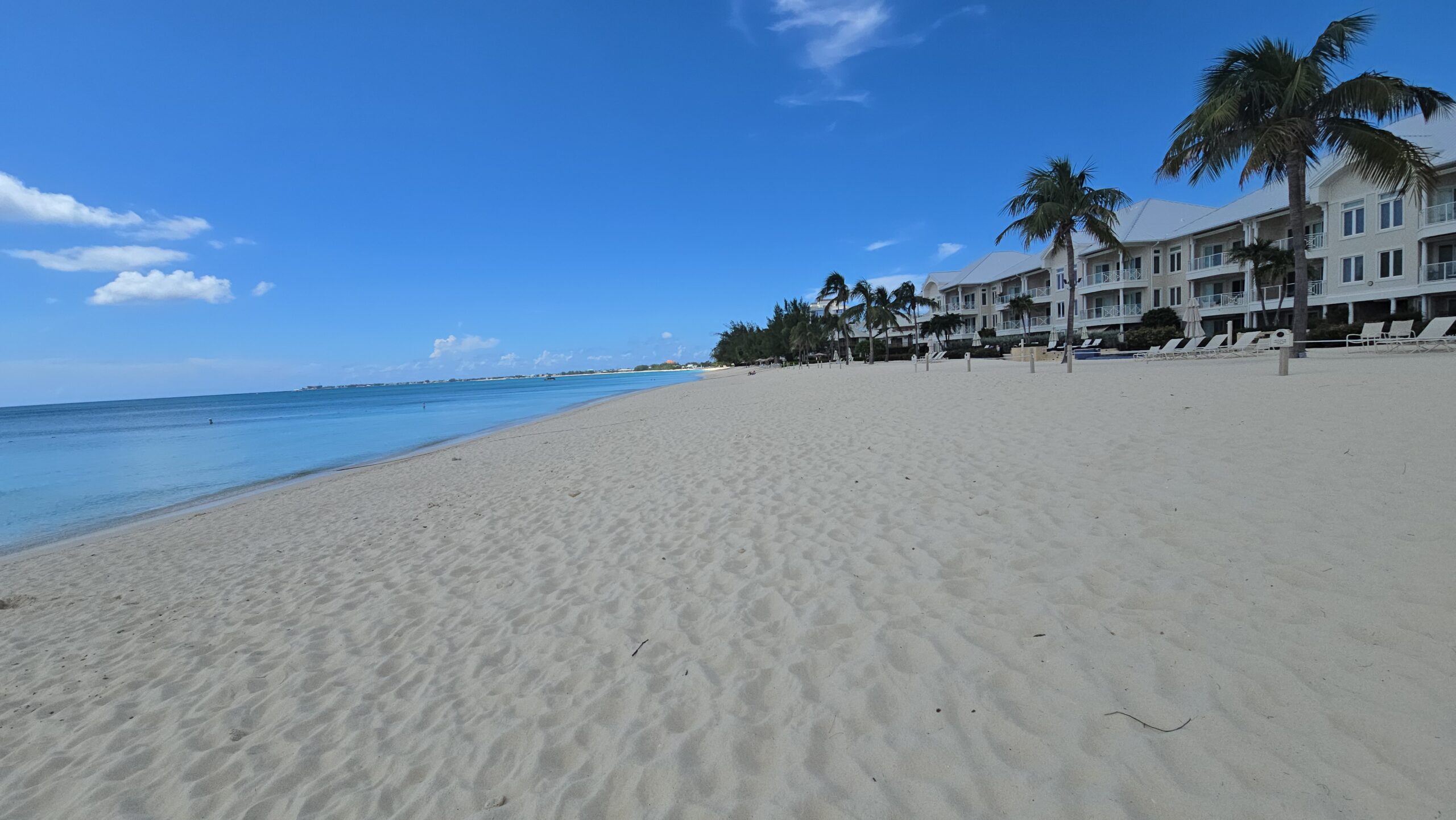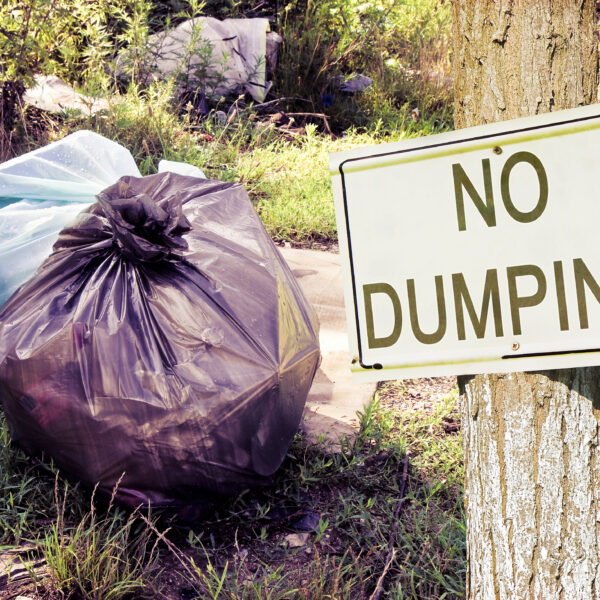
Seven Mile Beach, Cayman Islands
|
Getting your Trinity Audio player ready...
|
By Mario Rankin
The opinions expressed by the writer in this article are their own and do not necessarily reflect the views or positions of Blackbox Insights & News. The publication of this piece is intended to provide a platform for diverse perspectives and does not imply endorsement by Blackbox Insights & News.
The Caribbean economist Marla Dukharam raises some valid concerns about the erosion issues on Seven Mile Beach in the Cayman Islands. However, in my opinion, her proposed solution of renourishment of the beach without addressing the core cause of the erosion is short-sighted and may not be the most effective approach in the long term.
Additionally, let’s not forget the beaches along the seven mile route in question have very small beach access points and thus, locals have very little access to enjoy the beach in these areas.
Dukharan’s report suggests that the Cayman Islands could potentially lose USD1 billion annually if action is not taken to address the beach erosion issue.
Please note that amount is based on losing Seven Mile Beach in its entirety, which clearly is not the case, so I am disappointed that her article frames it this way.
Dukahran also highlights the significant contribution that properties along Seven Mile Beach make to the Government revenue and employment. What was not referenced in this report is that there is one individual hotel that’s severely affected, not the “62%” which she highlighted.
While these are valid points, it is important to note that many of the properties mentioned in her report are owned by the Dart Group, which may in turn skew the data to seem as though the entire beach is at risk when in reality, the issue is more on one end of the seven mile stretch in particular, due to the expansive development in this area.
It is clear that the main contributor to the erosion issues on Seven Mile Beach is due to the construction of seawalls and other structures that have been built too close to the high water mark. These structures disrupt the natural flow of sand along the beach, leading to erosion. Instead of continuously dumping sand on the beach (where it’s almost 100% guaranteed it will be gone with the first storm system), a more sustainable solution would be to remove these structures and rebuild with proper setbacks to allow for natural beach replenishment over time.
While it may be a difficult and expensive decision to make, in the long term, it would be more sensible than continuously allocating money to renourishment efforts that will literally be washed away.
Several successful examples of rebuilding structures with better setbacks already exist, such as the Lacovia condominiums and the Caribbean Club.
In summary, while Dukharan’s report highlights the potential risks of inaction on Seven Mile Beach erosion, her proposed solution of renourishment without addressing the core cause of the issue may not be the most sustainable approach. It is imperative that the Government and property owners take proactive steps to address the root cause of the erosion issue and implement long-term solutions that will not only maintain ecological balance but ensures the preservation of Seven Mile Beach for future generations.







